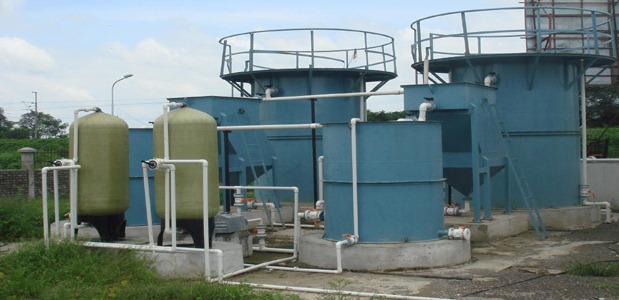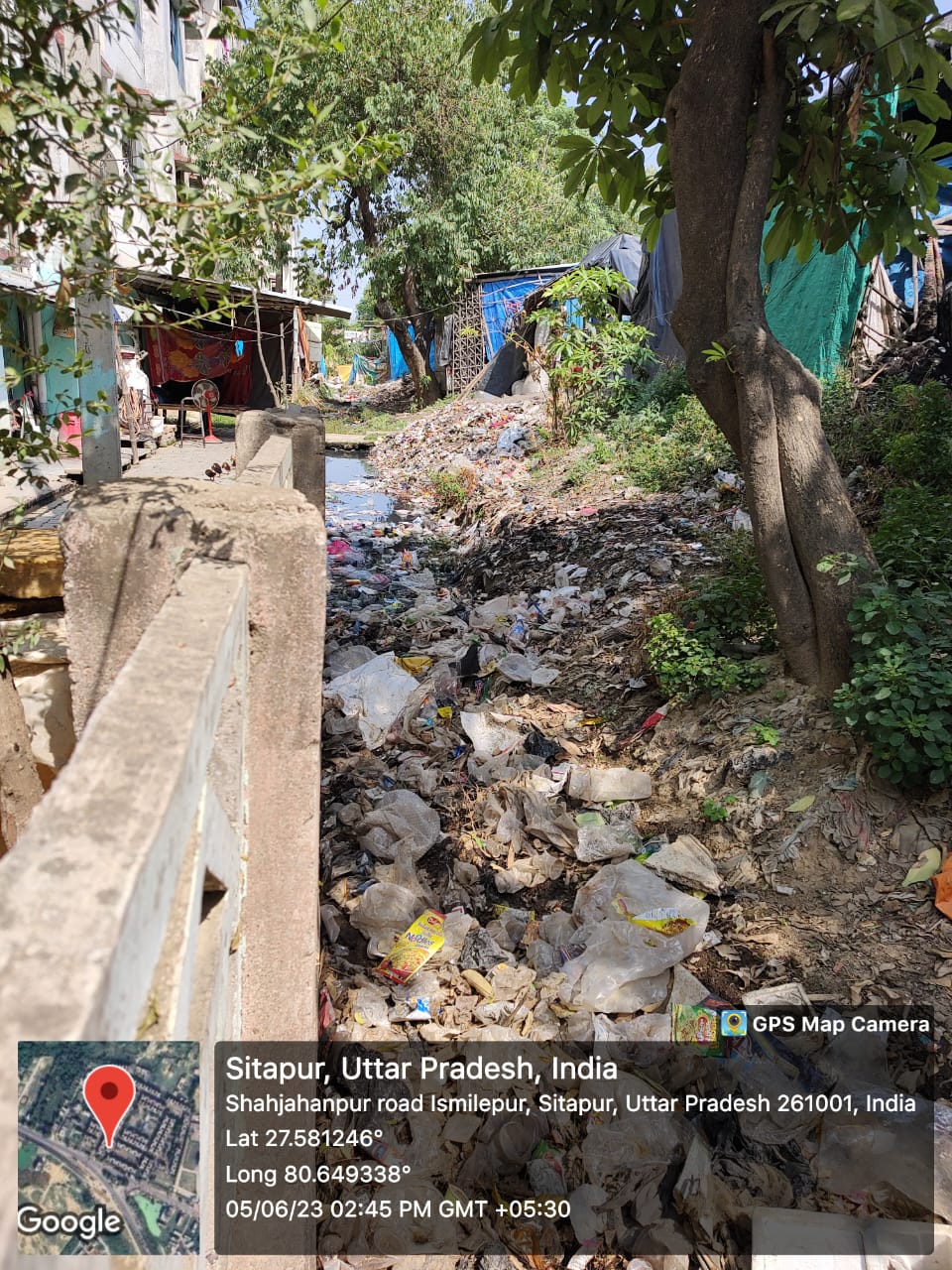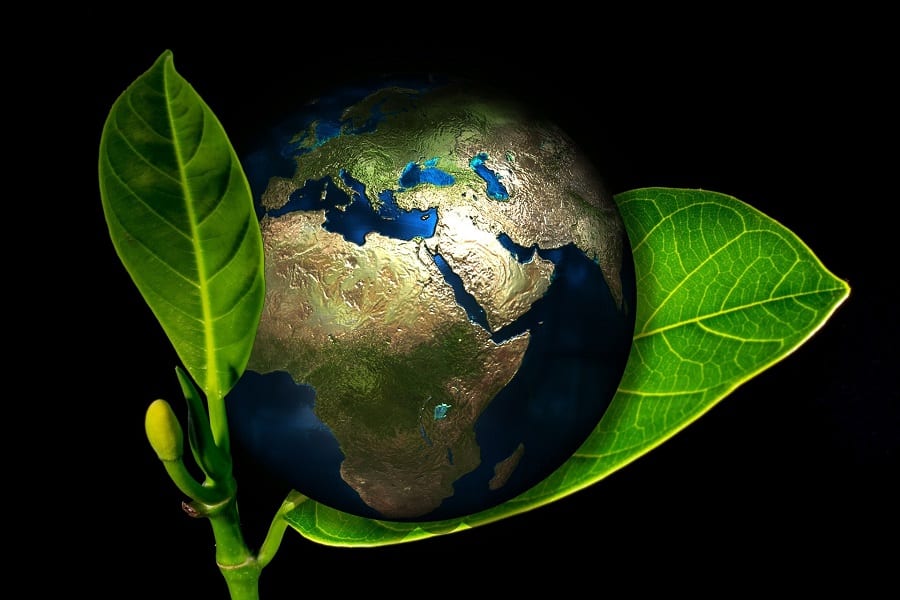In the quest for sustainable solutions, biotoilets have emerged as a groundbreaking innovation that addresses both sanitation challenges and environmental concerns. Unlike traditional flush toilets that consume large amounts of water and contribute to pollution, biotoilets offer a more efficient and eco-friendly approach. In this blog, we will delve into the science behind biotoilets, exploring how they transform waste into valuable resources. By understanding the inner workings of biotoilets, we can appreciate their potential for revolutionizing the way we manage human waste.
I. The Biological Magic:
Harnessing the Power of Microorganisms Biotoilets rely on the remarkable capabilities of microorganisms to break down and decompose human waste. Inside the biotoilet system, a carefully selected consortium of beneficial bacteria and other microbes work in synergy to accelerate the natural process of organic decomposition. These microorganisms, often referred to as bioagents, thrive in an oxygen-rich environment and efficiently metabolize waste matter, converting it into simpler compounds.
II. Anaerobic and Aerobic Digestion:
Unlocking the Transformative Processes A. Anaerobic Digestion: The initial stage of waste decomposition in biotoilets involves anaerobic digestion. This process occurs in an oxygen-deprived environment, typically within the lower chamber of the biotoilet system. Anaerobic bacteria break down complex organic compounds, such as proteins and carbohydrates, into simpler molecules like fatty acids and gases (methane and carbon dioxide). The gases produced during anaerobic digestion can be collected and utilized as an energy source, contributing to the self-sustainability of biotoilet systems.
B. Aerobic Digestion:
Following anaerobic digestion, the partially decomposed waste undergoes further treatment in the aerobic chamber. In this stage, oxygen-loving bacteria take over and continue the decomposition process. The presence of oxygen allows for the complete breakdown of organic matter into carbon dioxide, water, and stable compost. This resulting compost, rich in nutrients and humus, can be used as a valuable fertilizer for agriculture, promoting soil fertility and reducing the reliance on chemical fertilizers.
III. Water Conservation:
The Key to Sustainable Sanitation One of the significant advantages of biotoilets is their ability to minimize water usage. Traditional flush toilets consume several gallons of water per flush, contributing to water scarcity and straining municipal water treatment facilities. Biotoilets, on the other hand, require little to no water for operation. The aerobic chamber in the biotoilet system effectively reduces the volume of waste, enabling efficient waterless operation. This feature makes biotoilets particularly suitable for regions facing water scarcity or lacking access to reliable water sources.
IV. Addressing Environmental Concerns:
Pollution Prevention and Waste Management A. Pollution Prevention: Biotoilets play a crucial role in preventing water pollution. By eliminating the need for flush water, biotoilets reduce the release of untreated sewage into water bodies, thereby preserving aquatic ecosystems and safeguarding public health. Additionally, the production of methane during anaerobic digestion can be harnessed as a clean energy source, reducing greenhouse gas emissions and combating climate change.
B. Waste Management:
The decentralized nature of biotoilet systems offers a practical solution for waste management, particularly in remote areas and regions with inadequate sanitation infrastructure. Biotoilets can be easily installed and maintained, providing an efficient and hygienic waste disposal option for households, schools, healthcare facilities, and public spaces. Furthermore, the production of compost from biotoilet waste creates a closed-loop system, transforming waste into a valuable resource and reducing the burden on landfills.
Conclusion:
Biotoilets represent a paradigm shift in sanitation practices, transforming waste into a valuable resource through the ingenious application of biological processes. By harnessing the power of microorganisms, biotoilets offer a sustainable solution that conserves water, prevents pollution, and provides nutrient-rich compost for agricultural use. As we strive for a more sustainable and resilient future, understanding the science behind biotoilets is crucial. Embracing this innovative technology can pave the way for improved sanitation, environmental conservation, and resource efficiency on a global scale.





